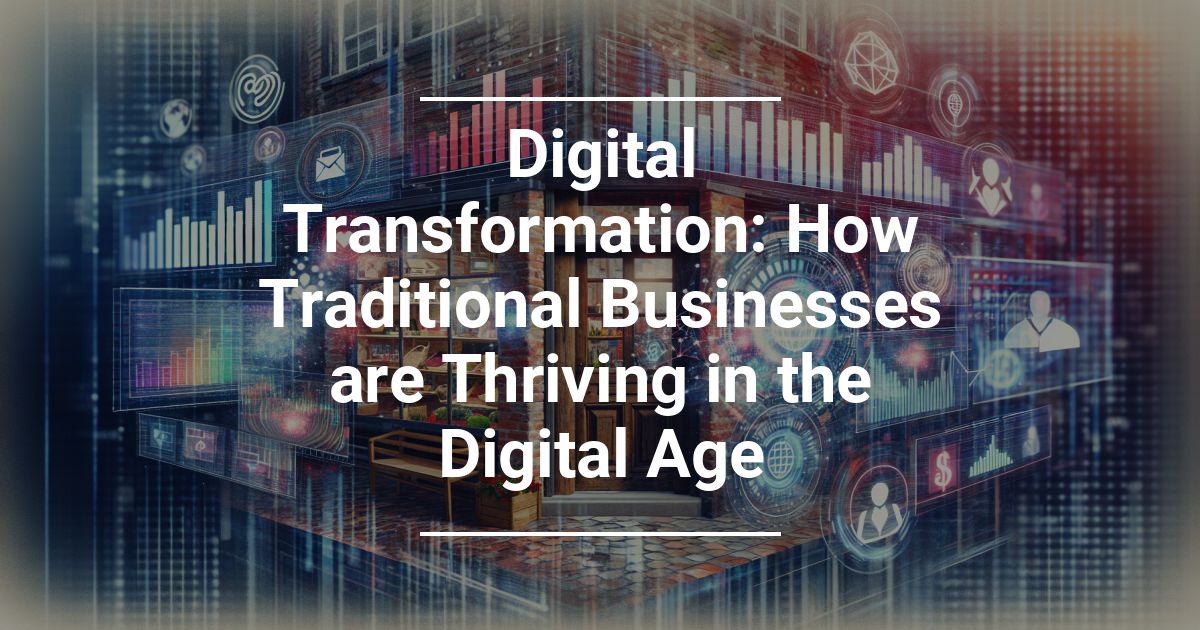 At one point, businesses depended solely on physical brick-and-mortar storefronts, foot traffic from outside streets, and tangible billboards and flyers to bring in customers. Now, especially in the recent decade, technological advancements have paved the way for traditional businesses to undergo digital transformations.
At one point, businesses depended solely on physical brick-and-mortar storefronts, foot traffic from outside streets, and tangible billboards and flyers to bring in customers. Now, especially in the recent decade, technological advancements have paved the way for traditional businesses to undergo digital transformations.
What Do Digital Transformations Comprise?
A digital transformation is the process of integrating technology into a traditional business, whether a manufacturing, retail, or healthcare company, to reshape operations and improve processes. Many believe this digital adoption solely includes incorporating an online store to extend or replace the current physical setup and enhance brand awareness. However, it offers so much more.
Below, we’ll explain the three key elements of this transformation and what they can do for your business.
Adhering to Customers and Their Needs
Your customers are the life force of your livelihood, so strive for optimal customer satisfaction to keep your company not only afloat but competitive. Artificial intelligence and machine learning help as chatbots and voice assistants. These virtual assistants use natural language processing to understand customers and the emotions behind their words or voices to show empathy and better assist.
AI technology then uses the information provided by the business owner or other business pages to answer questions and concerns so customers don’t have to wait for a live agent. Furthermore, it follows customers on their purchasing journey, observing their viewing and buying trends to recommend similar products better. The personalized content improves the customer experience.
Revolutionizing Business Processes
AI integration also helps streamline processes like creating orders, returns, exchanges, and other repetitive actions. Since these processes follow a distinct pattern that doesn’t change between customers, a machine can learn and regularly repeat the cycle, keeping live agents from tedious tasks. It makes them available for unique issues requiring a human touch so the team gets to more issues faster.
Business owners also benefit from automating tasks during a digital transformation since technology does anything from sending emails and instant messages about upcoming events and sales to tracking inventory so employees don’t manually input the information. Not only does it reduce human error, but it also improves efficiency for higher productivity.
Utilizing the Appropriate Digital Technologies
However, the only way to ensure these advancements is by utilizing the appropriate digital tools, including more than just artificial intelligence. For instance, if you purchase smart devices for your physical space, from iPhones and tablets to smart thermostats and kitchen appliances, they can all join the Internet of Things (IoT) so these items can exchange data and communicate.
These devices also communicate with the cloud, allowing business owners to store data elsewhere on physical hardware like servers. With cloud computing, companies receive software, data analytics, networking, and more over the internet with high speeds and flexibility.


